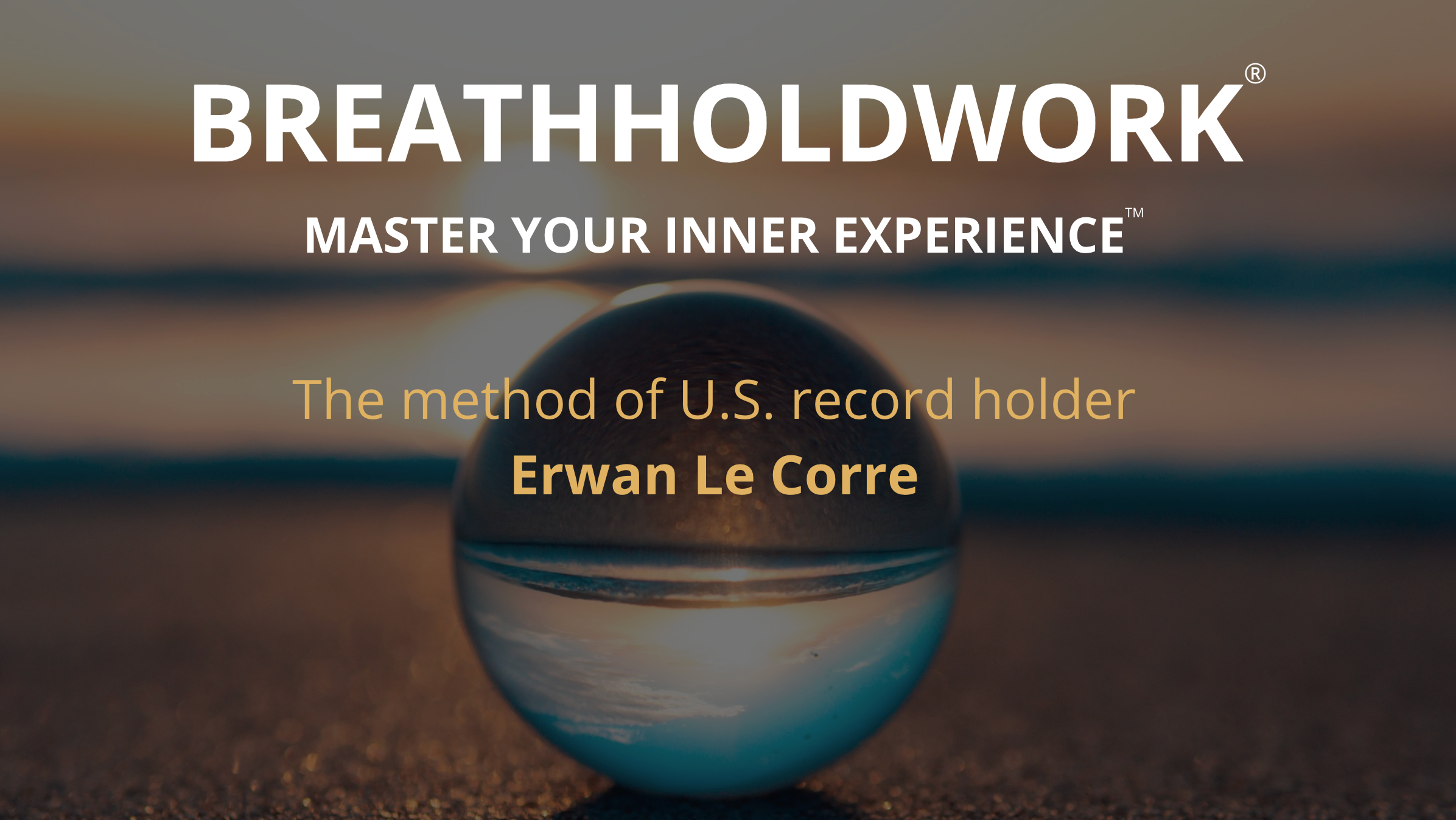Curiosity Kills the Fish: A Diver’s Calm Beneath the Waves

It is in the aquatic world reigning beneath the surface of the ocean off Yelapa, Mexico, that in 2020 I discovered a truth about breath-holding that would shape my life and, soon, my forthcoming book. This story, destined for a chapter I’m keeping confidential for now, unveils how stillness and intention - born from spearfishing - unlocked a resilience far beyond traditional relaxation practices. Today, I invite you into this underwater world, blending personal narrative with science to build anticipation for what’s to come.
The Hunt Beneath the Waves
Living in Yelapa, a jungle-fringed village where the sea dictates survival, I turned to spearfishing to feed my family fresh-caught fish. Each dive was a dance with the unknown, my body submerged, breath held, waiting behind a rock for “huachinango” (red snapper) or grouper to glide into range. The challenge wasn’t just holding my breath, it was remaining as still as possible. Fish sense everything: a twitch of a fin, a ripple of water, and they’re gone in a heartbeat. At first, their instinct screamed danger; they’d veer away, wary of the masked figure descending into their world, lurking half-hidden. But then, curiosity took over. They’d circle back, drawn by the mystery of what I was. Curiosity kills the fish before the harpoon does. The longer I stayed still, the closer they came, sometimes surrounding me, letting me choose my catch.
This wasn’t random luck. Seasoned spearfishers know it’s not just physical stillness that matters, it’s vibrational. Your thoughts, your intent, create a frequency fish detect. Cling to the urge to strike, and they flee. Empty your mind of attachment, hold the goal but release the grip, and they draw near. Clear intention, yet complete softness. This paradox shaped my practice: a mind and body united, relaxed yet alert, mastering the art of waiting under pressure.
From Ocean to Land: A New Practice Emerges
That underwater lesson didn’t stay in the sea. Back on land, I mimicked the dive’s demands, lying down, relaxing my body, holding my breath for a minute. It wasn’t yoga or pranayama, traditions I never studied. It was born from necessity, honed through obsessive experimentation to extend my “bottom time.” The practice resembled Yoga Nidra at a glance - both involve reclining stillness, fostering awareness - but the similarity ends there. Yoga Nidra, a yogic state between wakefulness and sleep, lowers cortisol through effortless breathing, guiding practitioners into theta waves of calm [1]. It’s a retreat from stress, a deliberate unburdening, and it works beautifully for restoration.
My method, however, invited stress in. Holding my breath triggered the body’s self-preservation mechanisms beyond CO₂ buildup, sparking a neurophysiological alarm - the urge to breathe - as my nervous system sounded its primal warning. Lying still, muscles soft, I faced this storm, not to avoid it, but to master it. Science supports this: controlled bouts of mild hypoxia enhances vagal tone and rewires the brain for resilience, outpacing Nidra’s gentle approach [2]. Where Nidra removes tension to heal, my practice used it as a forge, training stillness, composure, clarity, patience, resolve, resilience, and relaxation, under duress.
The Science of Stillness Under Pressure
This distinction isn’t just anecdotal, it’s rooted in physiology. Traditional views tie the urge to breathe to CO₂ tolerance, requiring weeks for adaptation [3]. But my land-based holds, inspired by underwater waits, showed rapid gains - clients doubled their times in 40 minutes [4] - suggesting mindset, not just chemistry, drives progress. The fish taught me: agitation repels; calm attracts. This mirrors neuroplasticity studies, where intention overrides autonomic reflexes, reshaping neural circuits in minutes [5]. Unlike hyperventilation’s risks (e.g., vasoconstriction), this method builds safety and strength.
Underwater, the pressure was literal: depth, cold, underwater movement and hazards. On land, it’s exclusively internal, the body’s cry for air. Both demand a unified mind-body state, where mental behavior (detached focus) shapes physical stillness. Research on freedivers supports this: psychological training delays the urge, enhancing performance without physiological overhaul [6]. It’s not about avoiding stress; it’s about transforming it.
A Legacy Beyond the Hunt
This wasn’t yoga’s surrender; it was a diver’s discovery, turning the ocean’s challenge into a life lesson. In Yelapa, clients - stressed executives - felt it too. One held longer, not by force, but by meeting the urge with quiet resolve, echoing my underwater stillness. The paradox? Mastering relaxation under this stress made stress-free calm effortless - a natural strength. Science hints at deeper rewiring: "intermittent hypoxia" reduces emotional dysregulation [9], offering benefits Nidra can’t match under pressure.
This tale, a cornerstone of my upcoming book, reveals breath-holding’s untapped power.
Your breath holding holds a universe of potential: are you ready to harness it?
Erwan Le Corre
Founder of BreathHoldWork®


